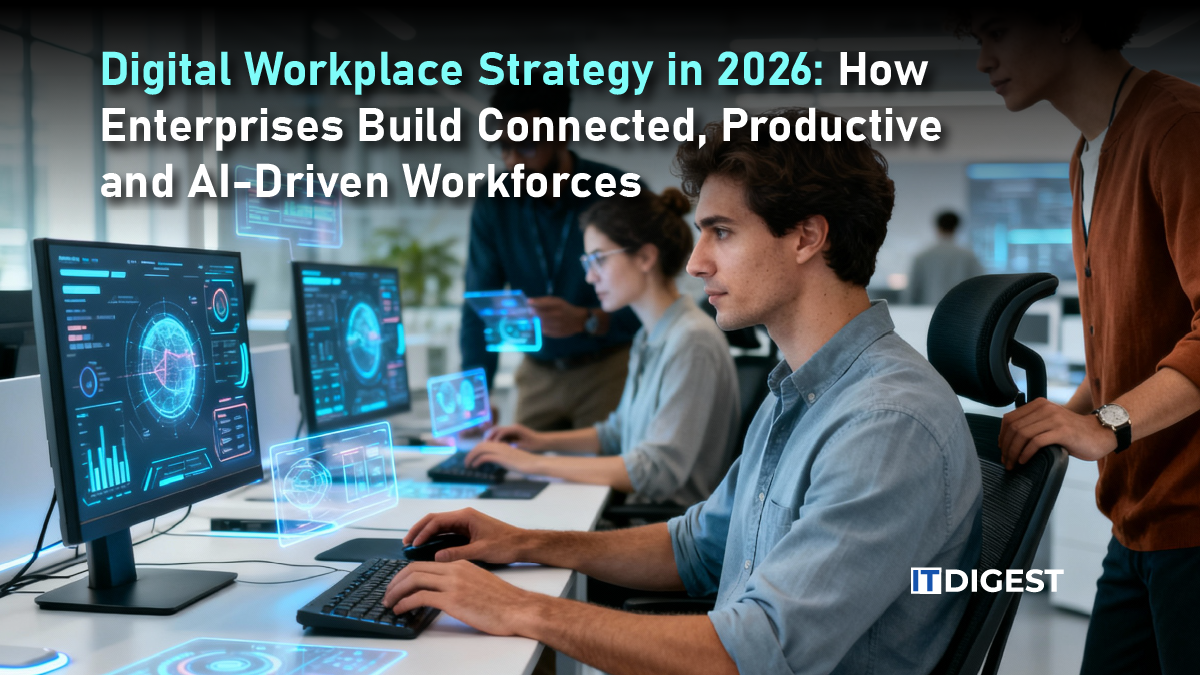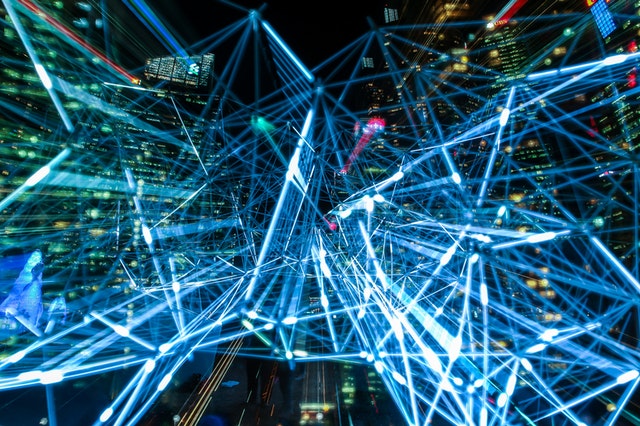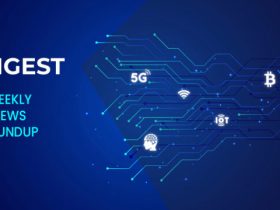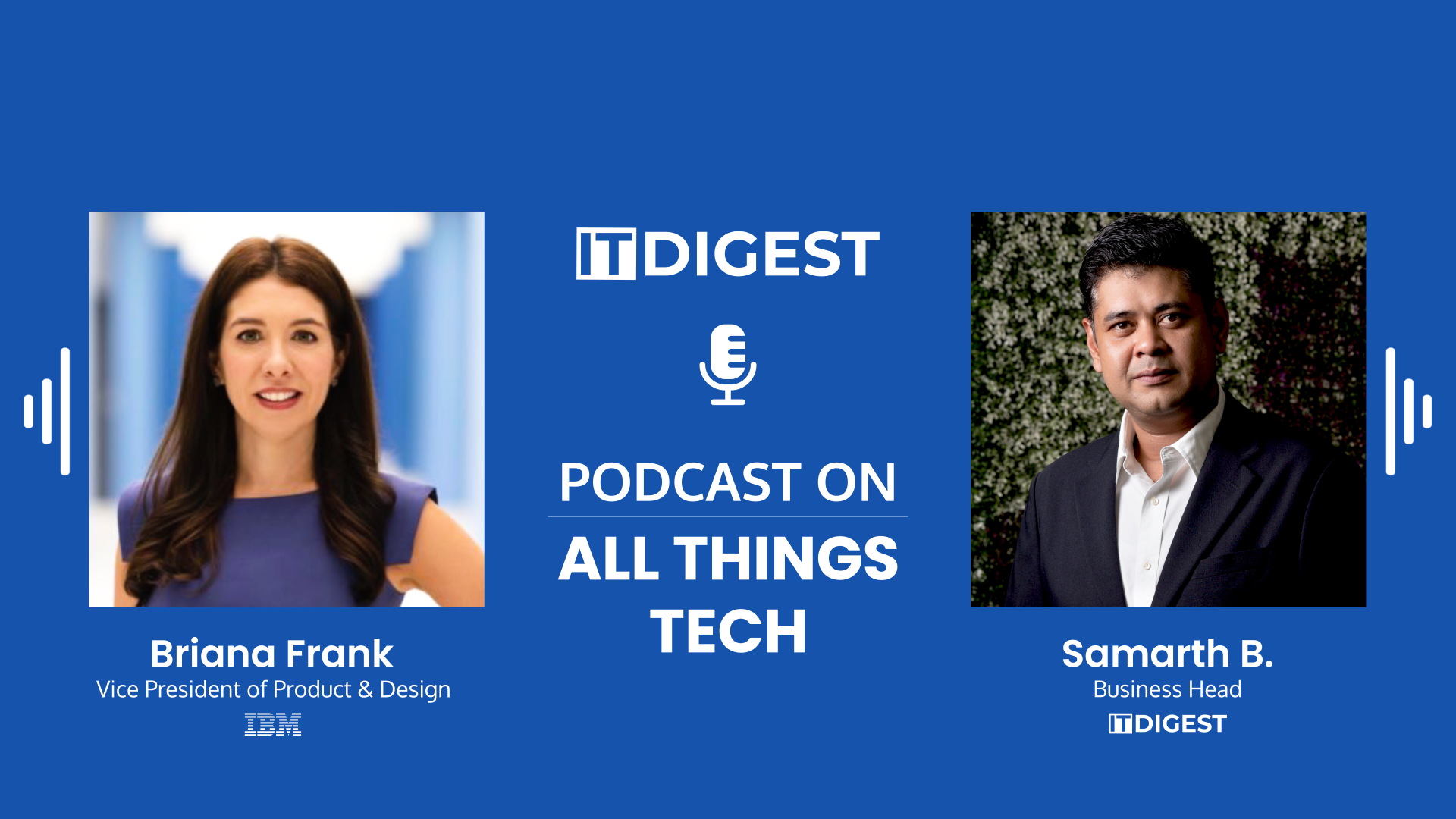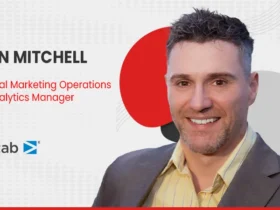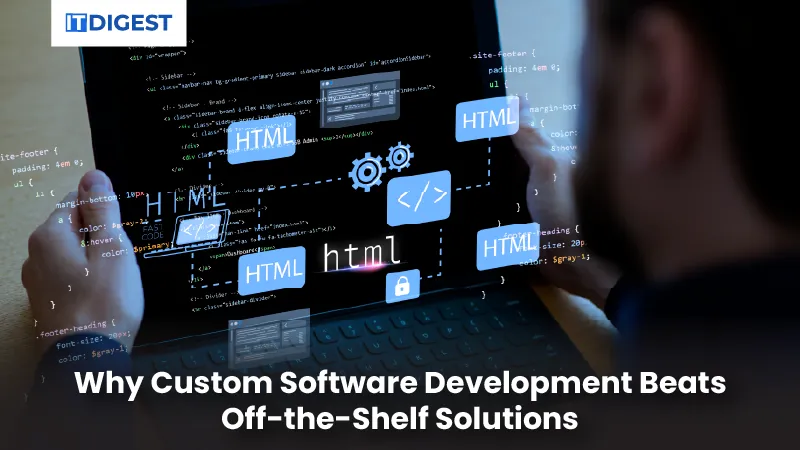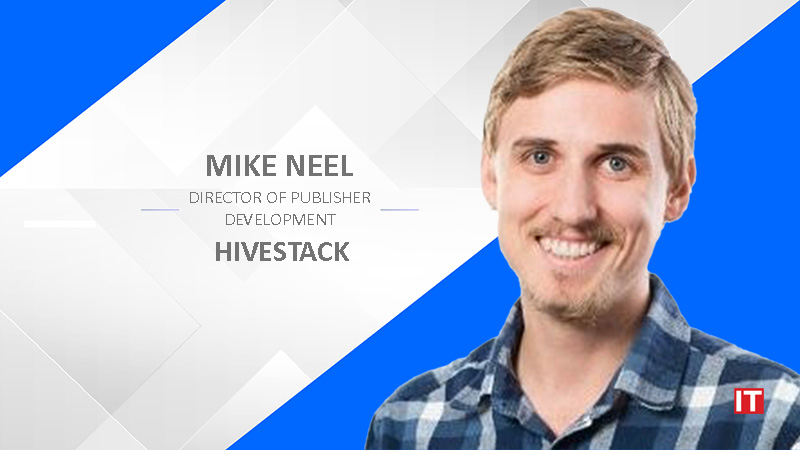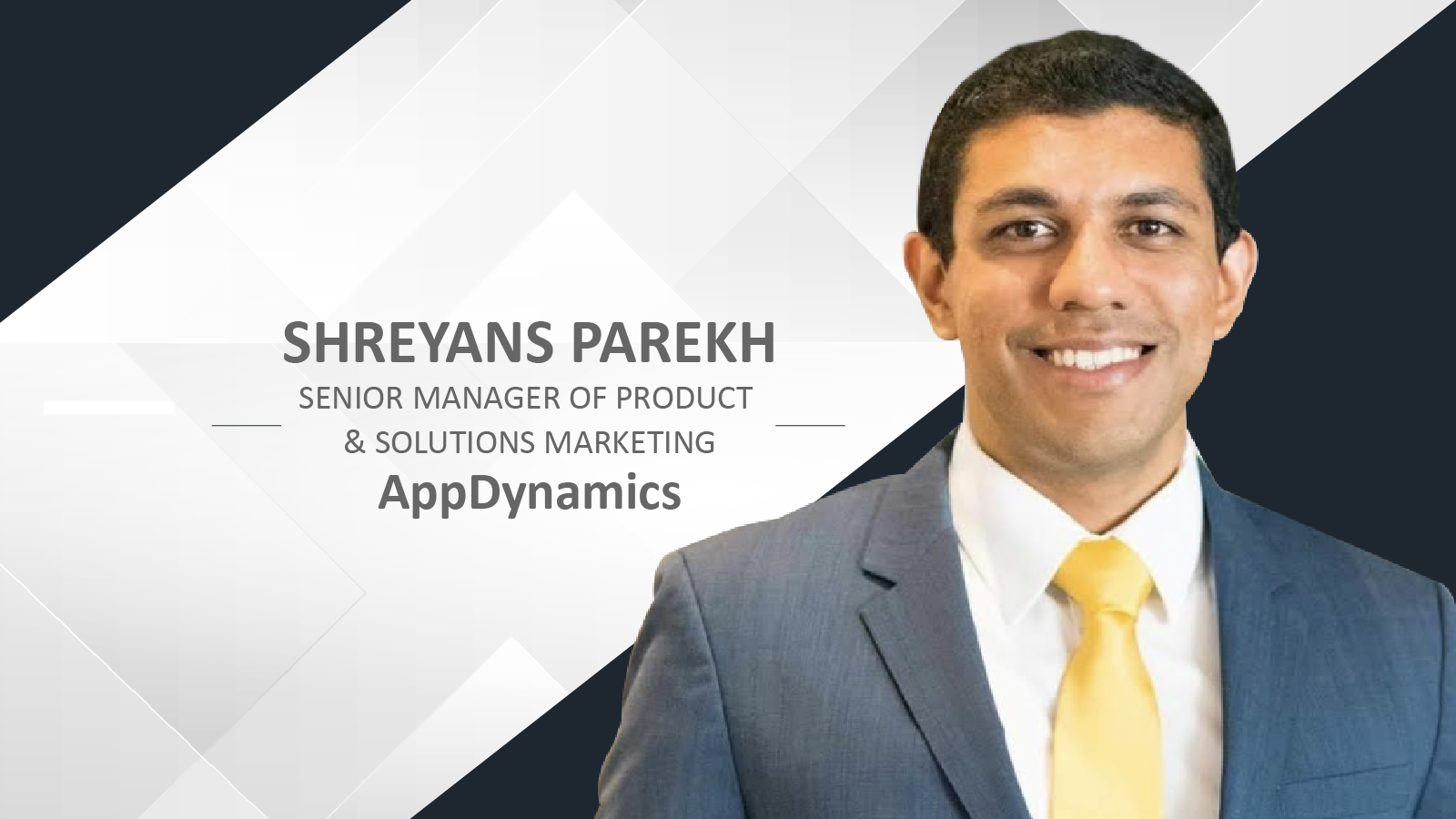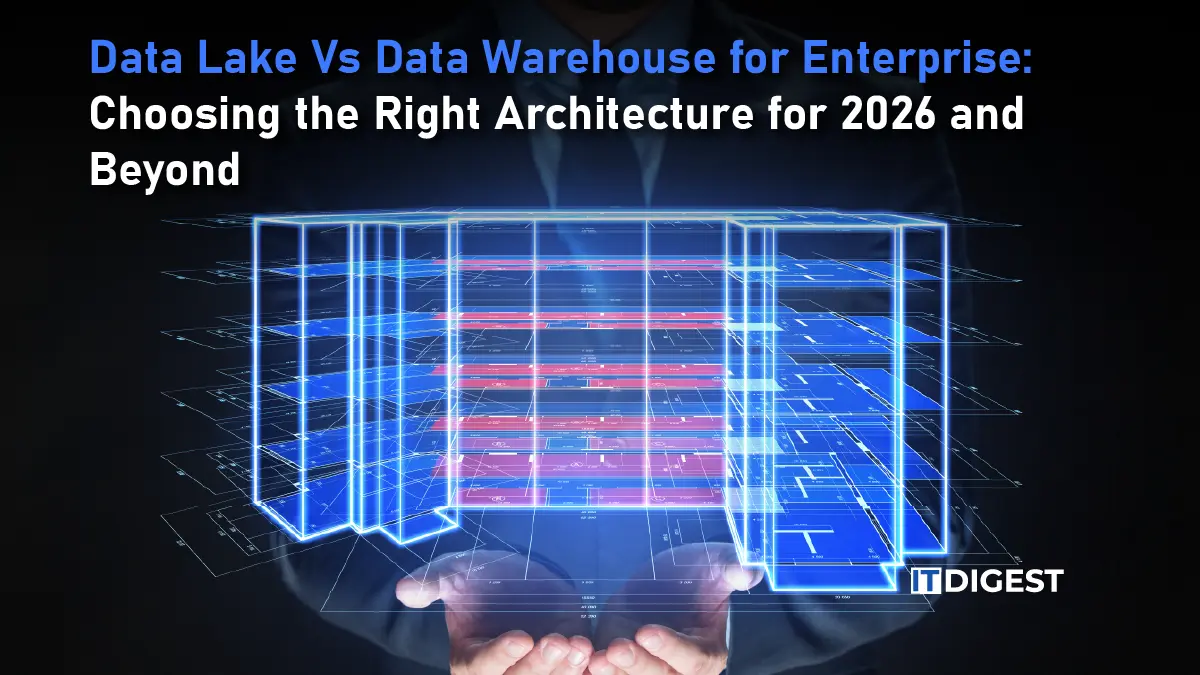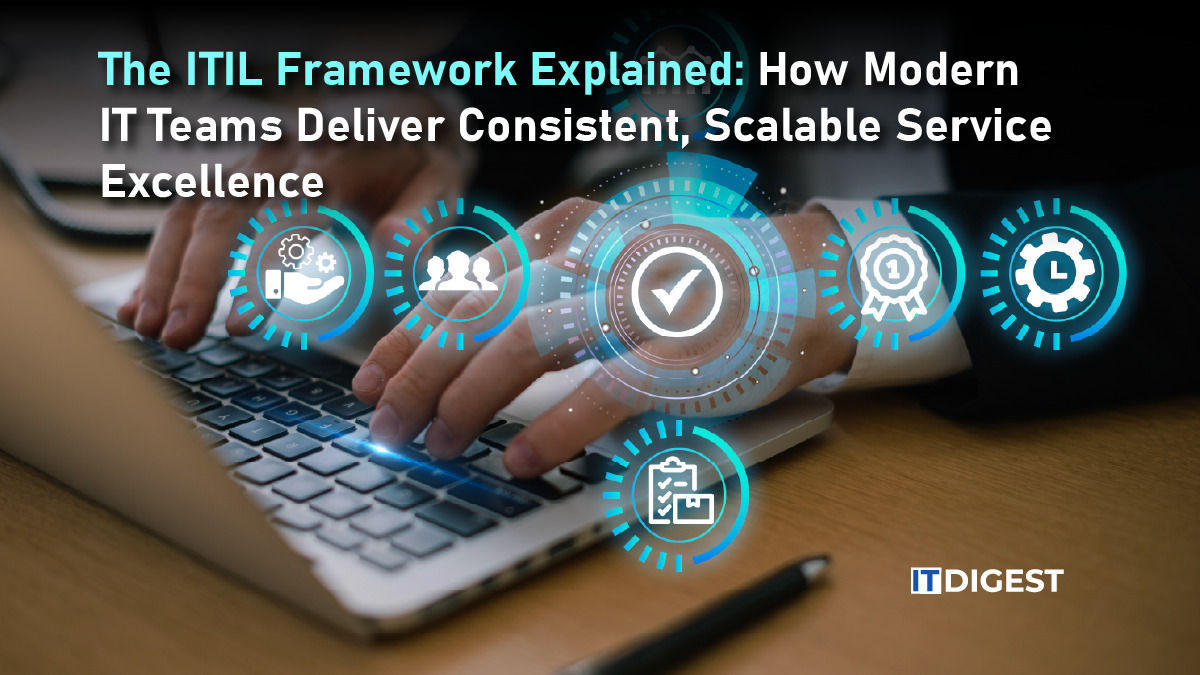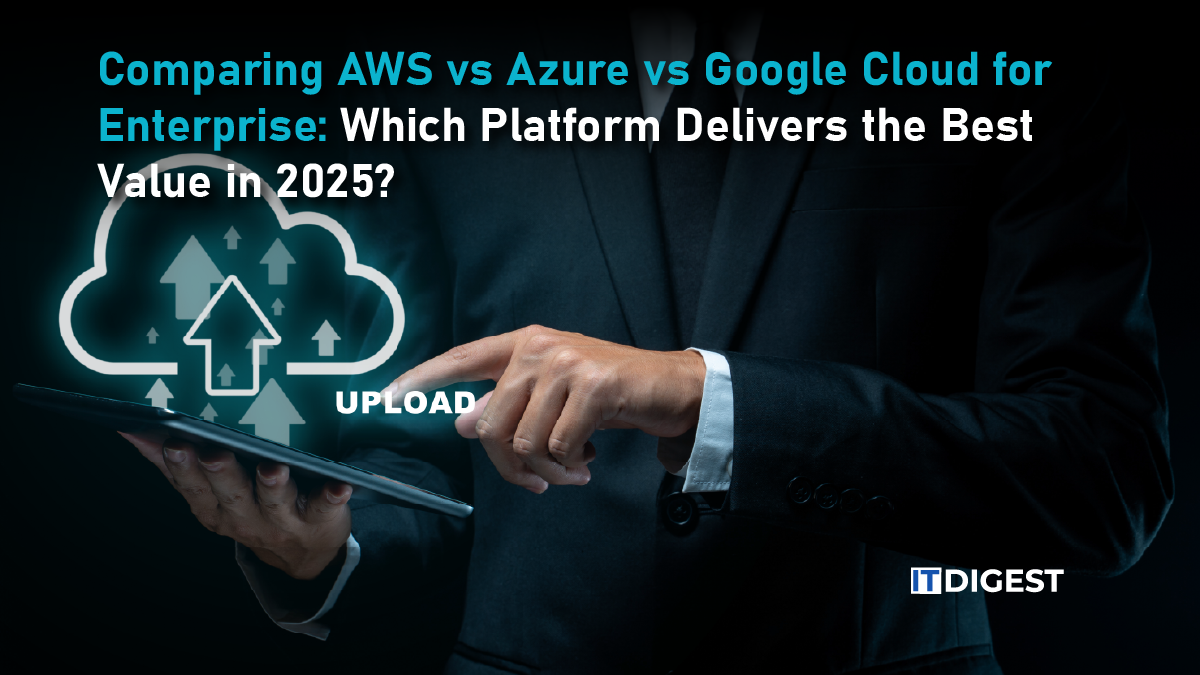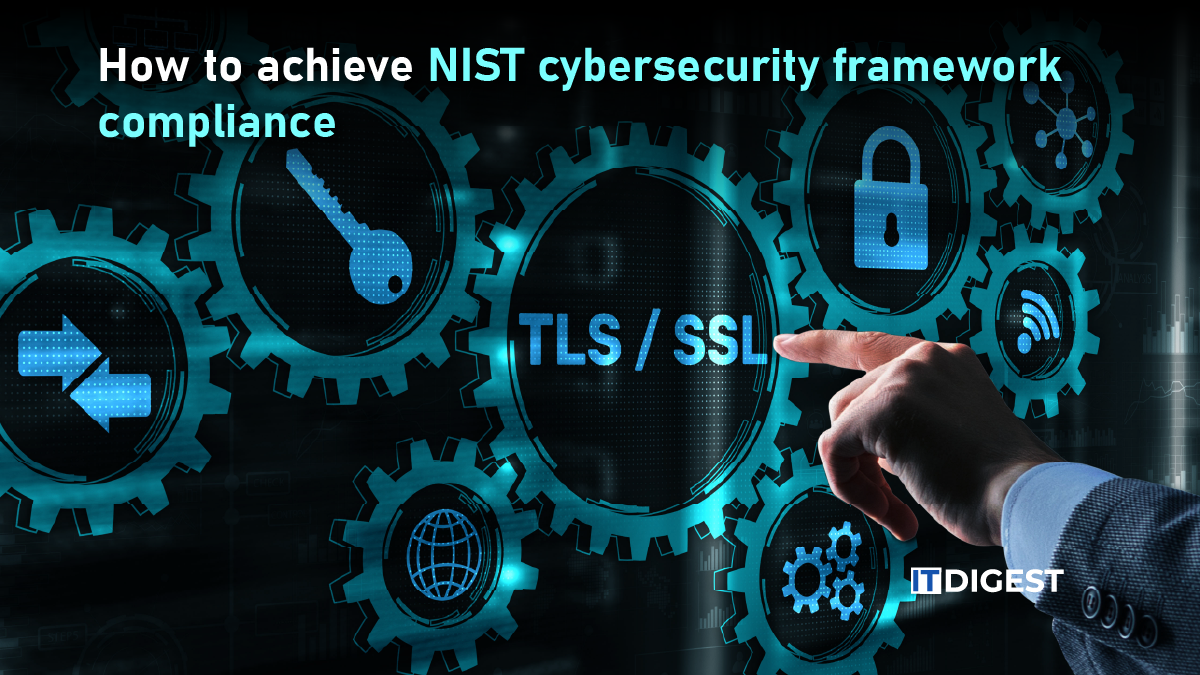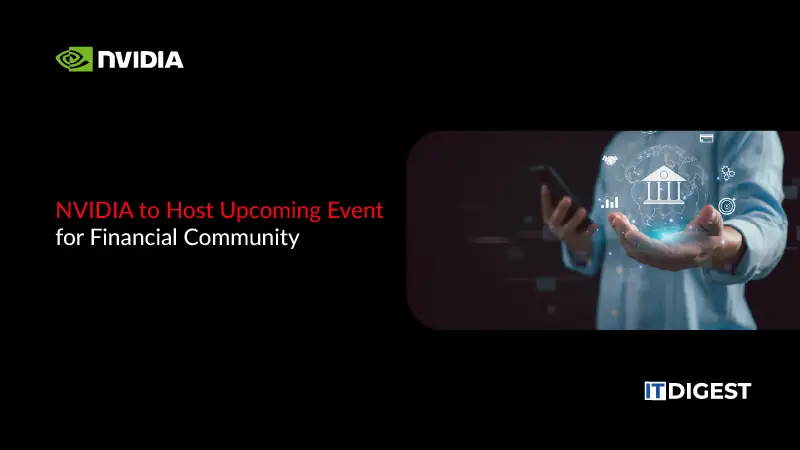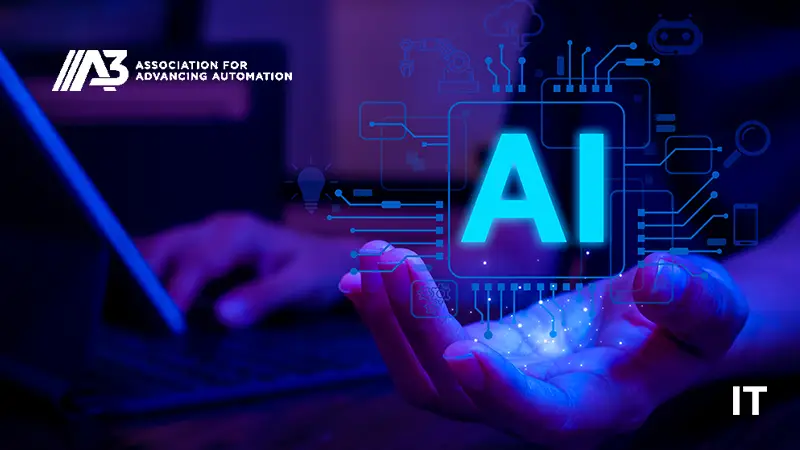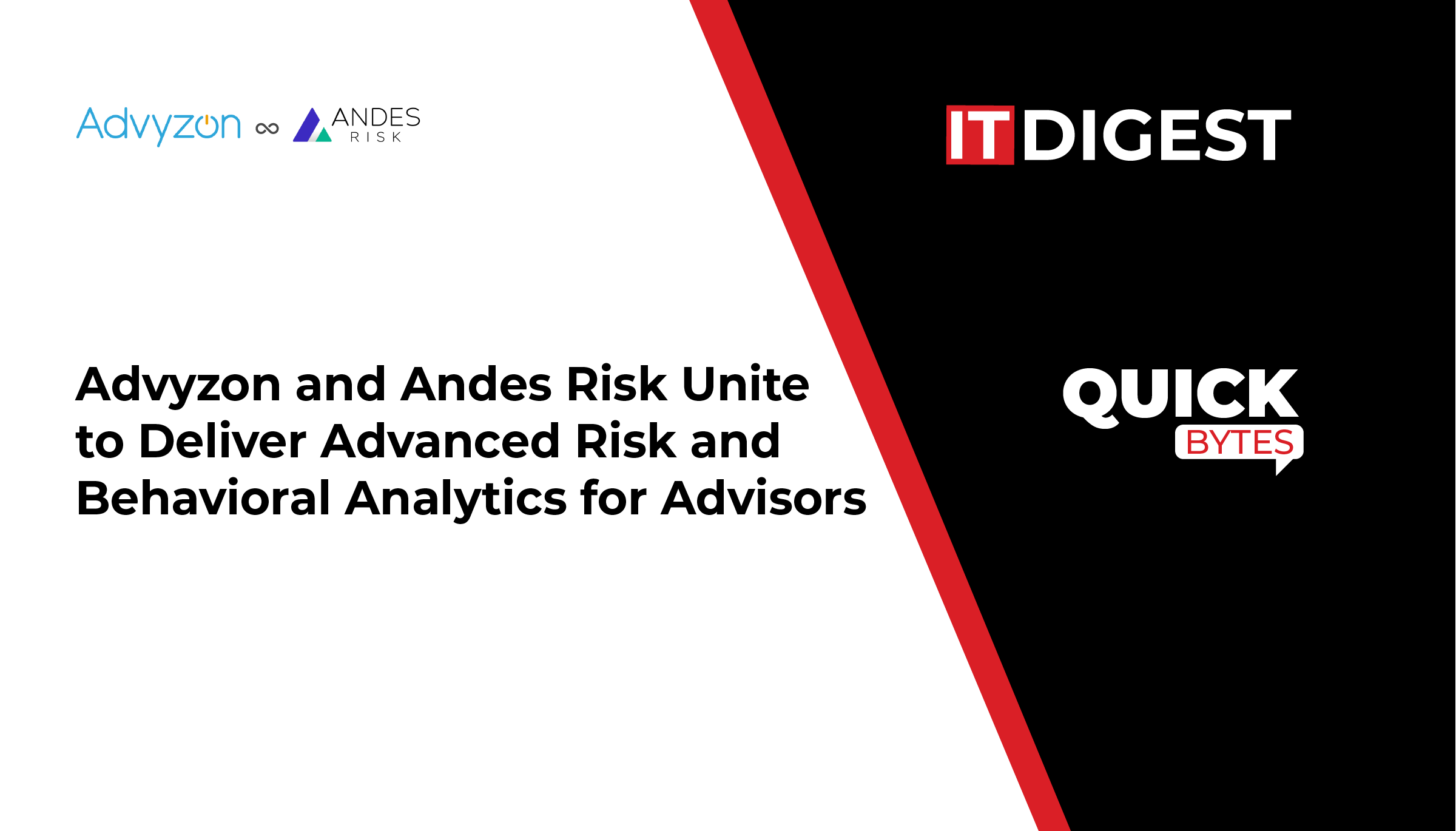Security is different now. It is not about building walls or fences around a network. Hybrid work is everywhere. Multi-cloud is everywhere. Data is everywhere. Devices connect from everywhere. Threats can come from anywhere. The old perimeter does not exist. You cannot assume anything is safe. Everything has to be checked. Everything has to be verified.
In 2025, enterprises need more than tools. They need resilient security that works even when attacks happen. AI helps detect problems faster than humans alone. Automation can respond at machine speed. Identity-first approaches guarantee that the right individuals and the right machines acquire the appropriate access at the appropriate time. This is not just stopping attacks. It is about keeping trust. Digital trust matters more than ever.
Infosec today revolves around three things. Identity as the perimeter. AI and automation in defense. The capability of data to be resistant so that it remains safe, accessible, and reliable. These are the principles of a contemporary company that is able to endure, recuperate, and continue to operate even when the world is constantly changing.
The Evolving Threat Landscape in the Age of Agentic AI
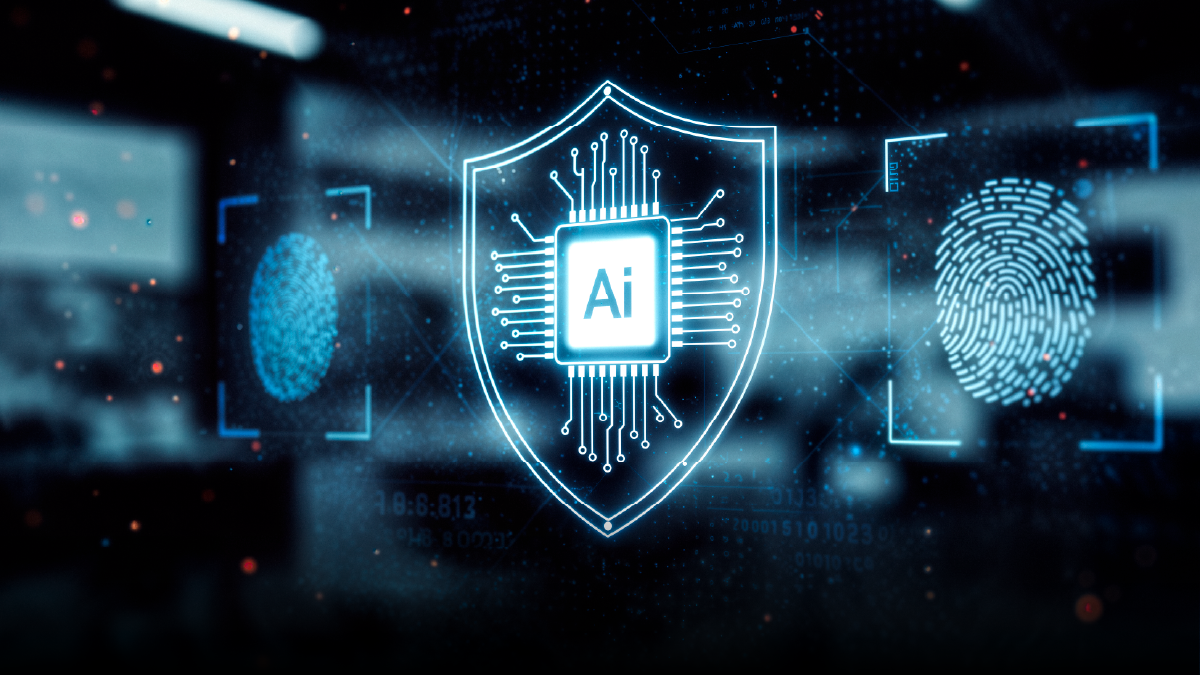 Security today is different. It is not just firewalls or passwords. Threats are everywhere. And now AI is part of the problem. Attackers are using generative AI to make attacks faster and smarter. They can send phishing emails that feel real to each person. Some malware can even change its behavior on its own. ENISA says AI-assisted phishing is growing. They also say large language models are helping automate social-engineering. That means attacks are not only faster but harder to spot.
Security today is different. It is not just firewalls or passwords. Threats are everywhere. And now AI is part of the problem. Attackers are using generative AI to make attacks faster and smarter. They can send phishing emails that feel real to each person. Some malware can even change its behavior on its own. ENISA says AI-assisted phishing is growing. They also say large language models are helping automate social-engineering. That means attacks are not only faster but harder to spot.
The software supply chain is still a weak spot. One mistake in coding or a bad package can compromise everything. SecDevOps misconfigurations, dependency confusion attacks. They are small things that can break big systems. Enterprises can have strong defenses, but one bad component is enough.
Then there are the non-human identities. Workloads, APIs, bots, microservices, service accounts. They often outnumber humans. Each one is a possible entry point. But many organizations ignore them or treat them like they are low risk. That is dangerous.
ENISA’s Threat Landscape 2025 report recorded 4,875 incidents in a year. That is huge. Not a small increase. A clear sign that security cannot wait. Infosec today is not just reacting. It is thinking ahead. Machines can be exploited too. Defenses need to stay ahead. Otherwise breaches are inevitable.
Identity as the Definitive Perimeter
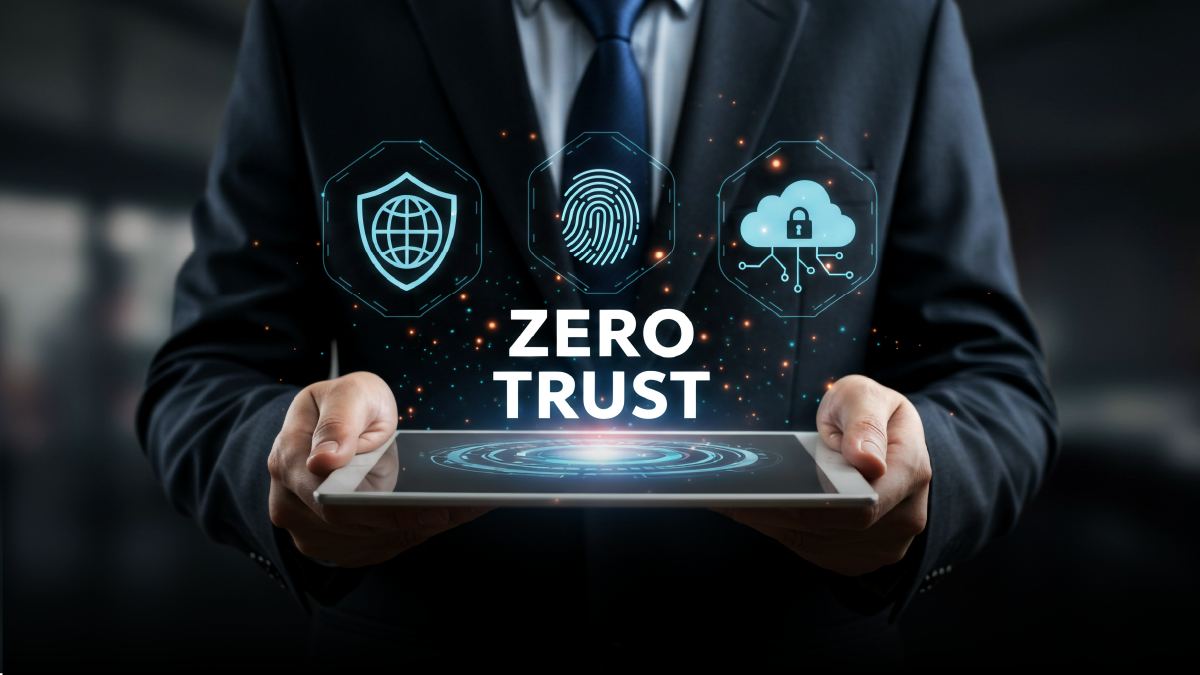 Identity is the new perimeter. Not firewalls. Not VPNs. The old ways don’t work anymore. Enterprises are moving from partial Zero Trust setups to full-scale Zero Trust Architecture. Microsoft says that in 2025, extending Zero Trust access controls to all resources is a top priority. That means every user, every device, every application. Nothing is automatically trusted. You have to verify first, always. It is not optional anymore.
Identity is the new perimeter. Not firewalls. Not VPNs. The old ways don’t work anymore. Enterprises are moving from partial Zero Trust setups to full-scale Zero Trust Architecture. Microsoft says that in 2025, extending Zero Trust access controls to all resources is a top priority. That means every user, every device, every application. Nothing is automatically trusted. You have to verify first, always. It is not optional anymore.
But it is not just about rules. It is about connecting everything. You need a single layer that brings all identity tools together. IAM, PAM, IGA. They have to talk to each other. They have to form one fabric. If they work separately, gaps appear. Gaps that attackers can find. Continuous Authentication is part of this. It watches how people behave. It checks devices. It notices changes in environment. Access can change in real time if risk rises. No human can do that manually.
Also Read: The ITIL Framework Explained: How Modern IT Teams Deliver Consistent, Scalable Service Excellence
Then there is phishing. Passwords are weak. People reuse them. They fall for tricks. Passkeys and FIDO-based authentication are changing that. Credentials that cannot be phished. Simple, effective. Users get access, attackers do not. It is the future.
The whole idea is simple. Identity controls everything. Zero Trust makes it mandatory. Identity fabric ties all tools together. Continuous monitoring reacts to risks. Phishing-resistant logins stop attackers in their tracks. Ignore it, and breaches happen. Take it seriously, and you have a perimeter that is always active, always watching, always protecting.
This is what modern infosec looks like. Not just technology. Not just tools. But a system where identity is the gatekeeper, and the enterprise stays ahead of threats because it never trusts blindly.
AI and Automation in Defensive Operations
AI is not just for alerts anymore. It does more. It detects, investigates, and even responds on its own. Security teams cannot keep up with the speed of attacks manually. That is where autonomous SecOps comes in. Google’s alert-triage Gemini agent shows how AI can look at an alert, gather context, decide what to do, and log everything it did. Humans can watch later. Machines act first.
Extended Detection and Response, or XDR, ties it all together. Endpoints, cloud, network. All telemetry in one place. You see the full picture, not just pieces. That is important because attackers move fast and across systems. If you only see one endpoint, you miss the bigger attack path.
Automation goes even further with SOAR. Security Orchestration, Automation, and Response platforms can run multi-step remediation automatically. They can patch, isolate, notify, and document at machine speed. This also solves the skills gap. There are not enough humans to manage every alert, every incident. AI fills that gap, but it needs rules and monitoring.
Governance of defensive AI is critical. Machines can be tricked. They can be poisoned. You need to watch them, train them carefully, and test them. Adversarial AI is real. If you do not govern your AI, it can be a threat instead of a shield.
Data matters too. Google is showing how Data Security Posture Management works with AI. DSPM can discover sensitive data, classify it, and enforce rules automatically. That means AI doesn’t just respond to attacks. It protects the data the enterprise actually cares about.
AI and automation are the backbone now. Humans guide, machines act, systems defend. It is fast, it is precise, and it is necessary. Infosec in 2025 cannot rely on humans alone. Machines need to fight the fight.
Data Resilience and Trust
Data is everywhere. In motion, at rest, in use. Knowing where it lives is the first step. Perimeter security alone cannot protect it anymore. That is why Data Security Posture Management matters. Google Cloud is showing how DSPM can discover sensitive data, classify it, and apply policies automatically. You do not have to guess. The system tells you where the risks are and enforces rules in real time. That changes the game.
Confidential computing takes it further. Data in memory while being processed can be encrypted. That means computations can happen without exposing the raw data. Homomorphic encryption also allows analytics without revealing secrets. You can share insights without giving away sensitive information. Enterprises can innovate without risking privacy.
Then there is post-quantum cryptography. Future quantum computers can break today’s algorithms. ‘Harvest now, decrypt later’ is real. The enemies might intercept the encrypted information now and later decrypt it. Businesses must already be thinking about and verifying their quantum-resistant algorithms, besides migrating to them. There is no room for delay.
The goal is clear. Protect the data that matters, everywhere. Make it enforceable, monitorable, and resilient. AI can help, machines can act, humans guide. But the method begins with understanding the location of the data, its movement pattern, and the ways it can be safeguarded from attacks that are currently happening and those that will happen in the future.
Data resilience can never be considered just a characteristic. It is a necessity. Infosec in 2025 means the enterprise can trust its data and use it confidently without fear. Without it, everything else fails.
VI. Conclusion: Resilient Architecture and the Future of Trust
Everything we have built, identity, AI, data, is connected. Identity fabrics talk to XDR systems. XDR collects signals from endpoints, networks, and cloud. DSPM watches the data. Together they form a Security Mesh. Every access point, every device, every user is under a constantly adapting shield. Nothing is static. Nothing is assumed safe.
Infosec in 2025 is not about just blocking attacks. It is about resilience. Breaches will happen. Humans and machines cannot stop every threat. But you can recover fast. You can keep trust intact. That is cyber resilience. It is the real measure of security.
And the threats are not abstract. AWS reports nation-state actors now blend cyber-attacks with kinetic operations. Attacks can have physical consequences. This renders human evaluation extremely important. The Chief Information Security Officers and technical security managers must collaborate closely with artificial intelligence-assisted systems. Computers perform quickly. People direct the plan. Computers find irregularities. People determine the order of importance. United they secure the business against not only the current but also the future risks that are uncertain.
Resilient architecture, adaptive systems, and trusted human oversight. That is how enterprises survive, thrive, and keep trust alive in a world where the line between digital and physical danger is disappearing. Infosec is no longer a tool. It is a lifeline.


